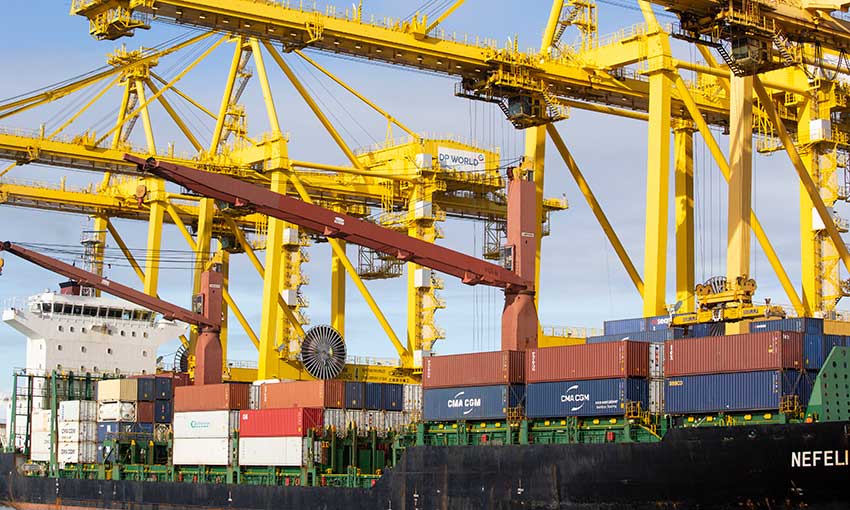THE Australian Competition and Consumer Commission in its Container Stevedoring Monitoring Report 2020-21, relied on data from another report, the Container Port Performance Index 2020, to show inefficiencies in Australian ports vis a vis other ports around the world. But, the conclusions of the performance index – and its value as a performance indicator – is being called into question by several industry participants.
The index, published by the World Bank and IHS Markit in May, shows Australia’s ports performing poorly compared with others from around the world.
In a statement, DP World Australia said it was “surprised” at the weight attributed to the inaugural report on global port performance.
The company said the findings in the report require further scrutiny, in particular, the criteria used to measure both port performance and stevedore performance in these ports.
The company said during the COVID-19 pandemic, Australian ports have outperformed many other container ports.
DP World Australia CEO Andrew Adam said, “The industry has seen, in the period since the report data was collected, that waiting times of vessels for an available berth has grown significantly at some international ports.
“Additionally, some Asian ports have entirely shut down in the past year, causing major disruption to global shipping schedules and supply chains,” Mr Adam said.
“To ensure an appropriate representation of data in future releases from IHS Markit, the report should reflect the time ships are at anchor outside ports awaiting a berth, and not just ‘time on berth’.”
The statement said Australian ports have historically achieved low waiting times at anchor due to excess berth capacity at all container terminals.
The DPWA statement said the MUA has been taking out persistent industrial action at all four Australian stevedores over the past three years, which has been detrimental to waterside and landside services at all stevedores.
Mr Adam said the federal government should consider changes to the Fair Work Act to enable the Fair Work Commission to swiftly end negotiations when they extend beyond a specified period after the end of an enterprise agreement.
“DP World Australia has continued to provide consistent operational performance since the conclusion of the enterprise agreement negotiations 15 months ago,” he said.
Mr Adam said prior to 2019, about 70% of vessel calls arrived in Australian ports on schedule, but over the past 15 months, less than 10% of vessels have arrived on schedule.
“Vessel bunching has caused the vast majority of the small delays in accessing DP World’s berths,” he said.
“For example, in Sydney we have a scheduled weekly service from Asia where four vessels are arriving in the next seven days, instead of one per week.
“Not only does this cause congestion on the quay line, it also requires the terminal to receive and deliver imports and exports, causing pressure on the road and rail supply chains. Despite this, average waiting time, year-to-date at all east coast Australian terminals operated by DP World is less than 14 hours.”
Mr Adam said DPWA regularly moves more than 10,000 TEU daily.
“Waterside performance has increased in 2021 compared to 2020, particularly in Sydney, where volume has increased 14% year-on-year, and at the same time crane productivity has increased 10% year-on-year,” he said.
“Of the 43 container terminals operated by DP World globally, Sydney ranks 13th, Melbourne 17th, Brisbane 23rd and Fremantle 26th.”





